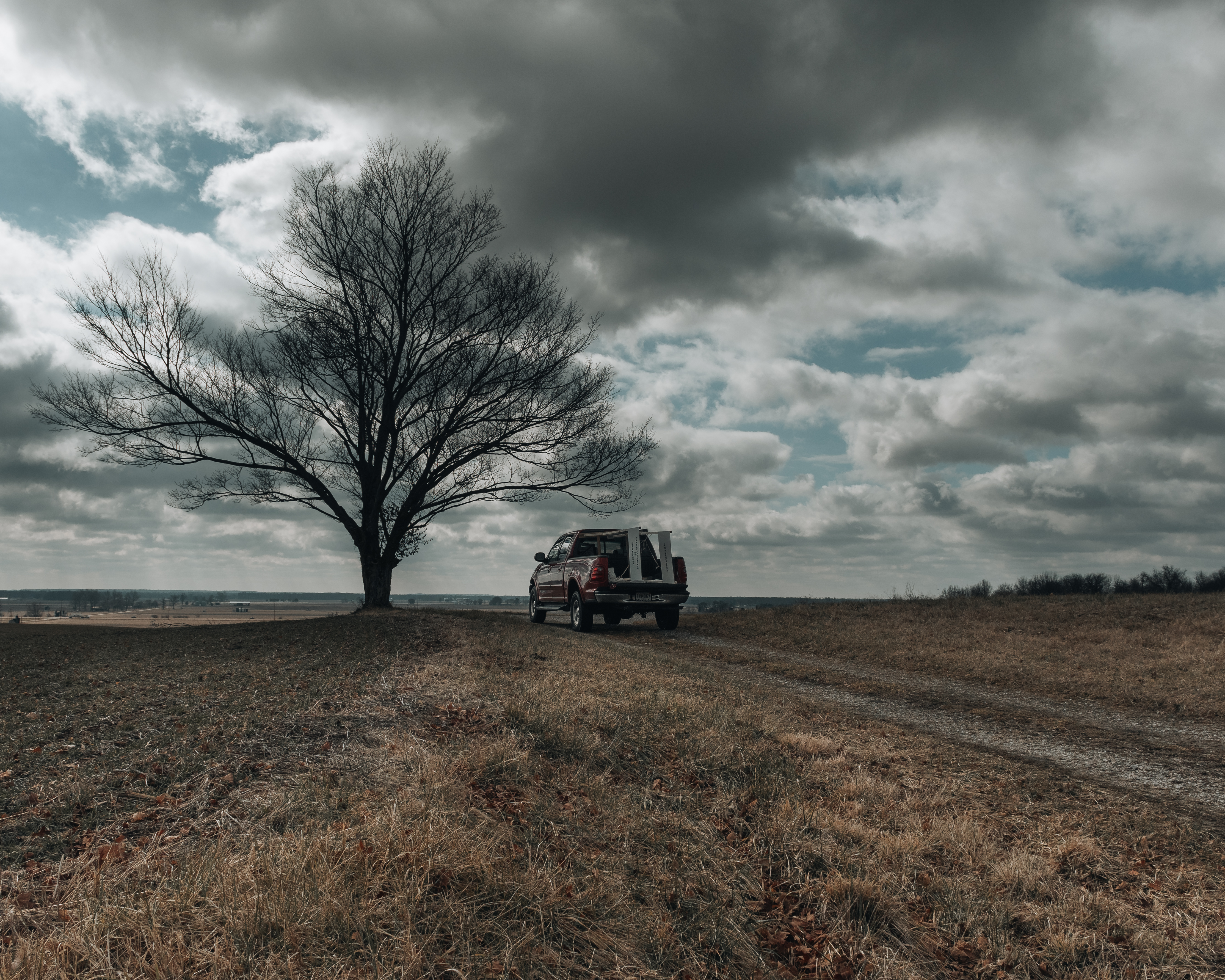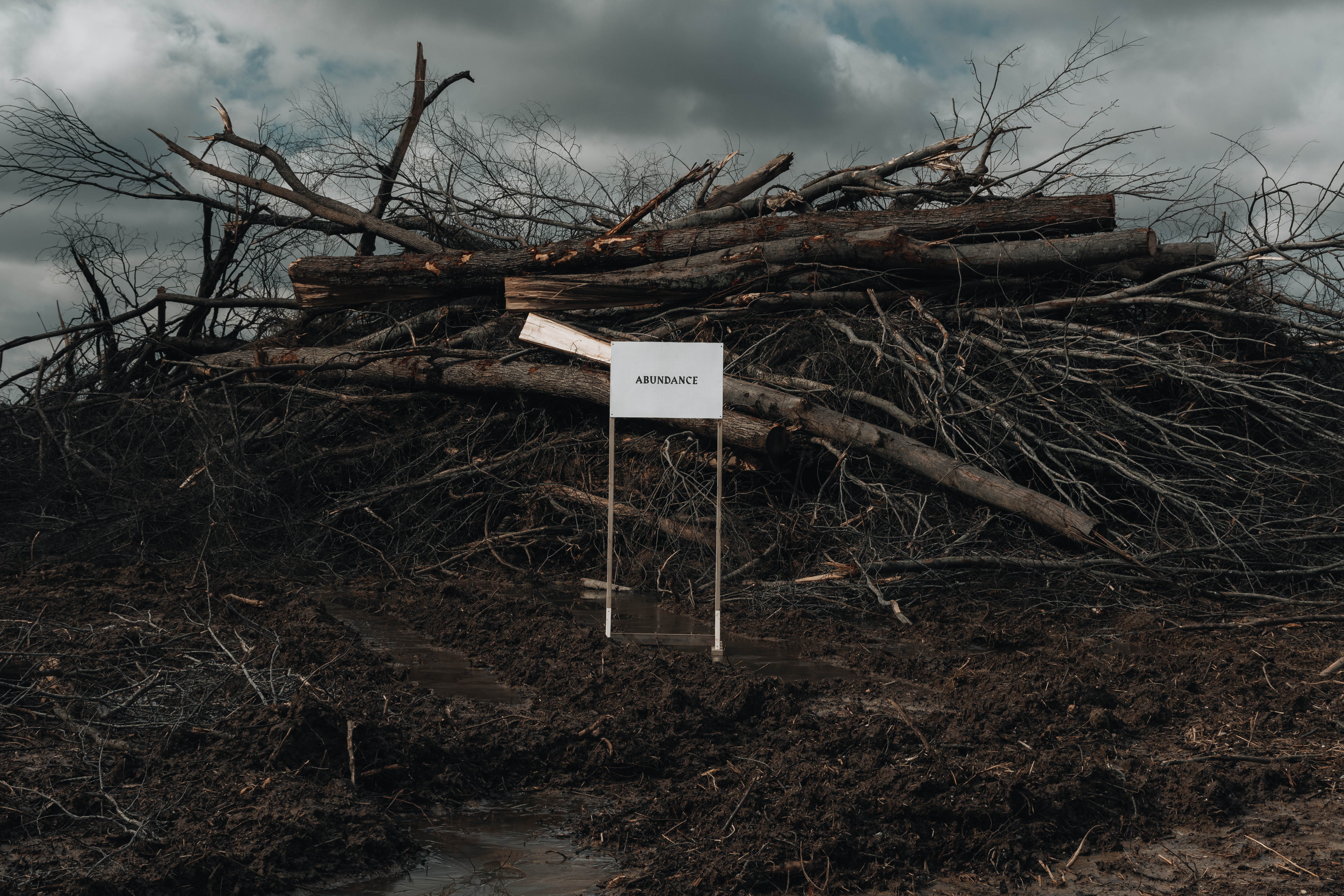Subliminal Blessings
November 3, 2022 by Luke Maddaford

Photo courtesy of Amanda Steinback
Queer space is often thought about in terms of location; specific places that we gather in and have claimed as our own. This is how we talk about bars, clubs, and community centres. But I think our understanding of queer space should expand beyond those exclusive designations.
Growing up in rural Saskatchewan, I did not have access to these types of conventional queer spaces. Much of what has informed my identity and feels undeniably queer to me is often not understood as culturally queer. These things contribute to my understanding of community and self, intersect with queer politics, and become temporarily queer through my interactions with them. These might be attached to personal memories or recognized by a wider community; objects like hankies that carry specific meaning in certain communities, or spaces like washrooms whose queerness can shift depending on who is present. Both conventional and alternative spaces work together to define what I consider queer geographies; a reading of queerness through the types of spaces we interact with, including how we relate to them, transform them, and how they, in turn, impact us.

Photo courtesy of Amanda Steinback
Amanda Steinback’s work SUBLIMINAL BLESSINGS (installed in Winter 2021 as part of TO, an outdoor art exhibition based in but extending beyond Austin, Texas) wonderfully situates itself within an exploration of queer geographies. The work consisted of four mini billboards placed throughout Posey County, Indiana. The billboards each contained one of the following blessings: THERE IS ENOUGH; YOUR WORTH IS INHERENT; RESIST SCARCITY THINKING; and ABUNDANCE. Through these sentiments, Steinback relays her experience, understanding, and relationship to the region as “a love letter to herself and the community she was raised in.” The blessings challenge harmful narratives and assumptions about rural areas that are both perpetuated by and about their residents.
Rural spaces are often portrayed as conservative, uneducated, and having nothing of value to offer. I view SUBLIMINAL BLESSINGS as a direct response to this. Many queer people have had harmful experiences in these places, fled them, or have avoided them at all costs. Steinback’s work recontextualizes these experiences and questions the rural vs. urban divide in favour of a more nuanced view.

Photo courtesy of Amanda Steinback
SUBLIMINAL BLESSINGS embraces the complexity of queerness by refusing to simplify our experiences of rurality. This approach ties into the artist’s larger, primarily photographic practice, which beautifully investigates the intersection of queerness and the American landscape. Steinback’s lens often captures a geographically based yet temporal view of the landscape, a documentarian depiction of a personal queer experience. While her more extensive practice captures her interactions with the spaces around her, SUBLIMINAL BLESSINGS takes an alternative approach, projecting queerness onto the landscape and responding to its reaction.
The history of queer activism is rich with disruptive actions; disruption requires a reaction. And while SUBLIMINAL BLESSINGS is not necessarily queer in terms of sexuality, it is incredibly queer in its disruptive presentation. After installation, Steinback’s billboards remained on view for only a few days before their anonymous and unauthorized removal. The subliminal-made-visible signs disrupted the landscape, activating the region. The related yet independent actions of installation and removal exemplify the malleability of spaces; disrupting our experiences of them, our conceptions of them, and our complicated relationships with them.

Photo courtesy of Amanda Steinback
The impact of Steinback’s work is not exclusive to the region it was installed in. SUBLIMINAL BLESSINGS provides everybody who views it with an opportunity to challenge assumptions, both in the spaces we occupy and not, and to further embody Steinback’s blessings.
As I grow older and more separated from my rural upbringing, I see fewer boundaries between here and there; queer space and straight space. Our movement through the world is not a dictated choreography, and lately, I dwell less on queer space and more on queer geographies.

Photo courtesy of Amanda Steinback
Steinback’s exploration of relational rather than occupational space provides an understanding of rurality which is not static and unchangeable but active and malleable, constantly being altered by those who move through it. As a result, Steinback expands the way we view queer space by complicating our understandings of rurality.
SUBLIMINAL BLESSINGS ultimately operates as an act of resilience. A response to an unforgiving world. A push against the oppressor. A signal to the like-minded. An undeniably Queer act.
Amanda is an Austin, TX/ Posey County, IN/Kansas City based artist and photographer. She freestyles lengthy solo road trips exploring the American mythic west and rendering it through a queer lens, capturing mother nature going the fuck off. She has no worthwhile institutional education to speak of and has shown works in galleries in Indianapolis, San Antonio, and Austin.
http://www.bigfern.squarespace.com/
Instagram: @_big_fern_
Luke Maddaford is a Canadian artist exploring identity, placemaking, and queer histories and futures. Much of his current practice investigates and participates in queer space and culture outside of major metropolitan cities. His work increasingly explores community building and the potential for cross-regional queer networks. He currently co-edits off centre and lives in Windsor, ON with his cat.
www.lukemaddaford.com
Instagram: @lukemaddaford
